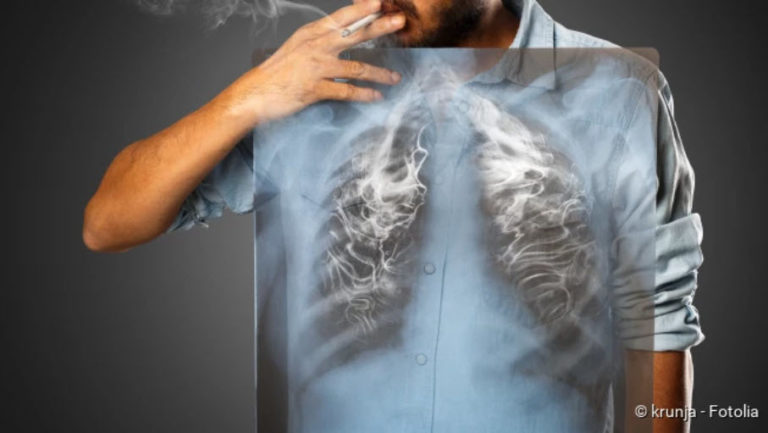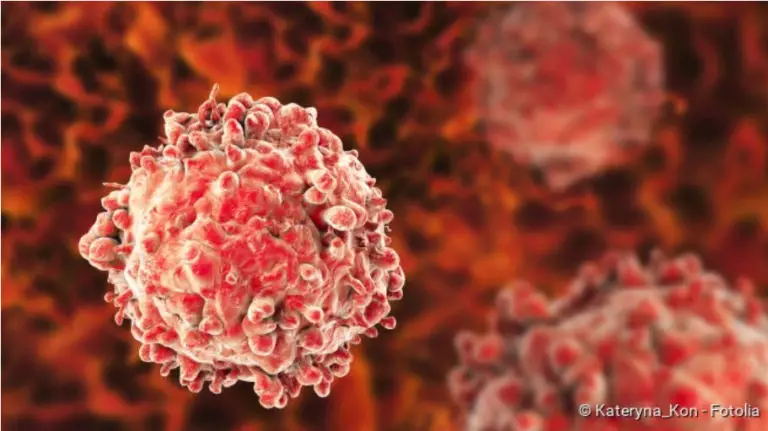Gonorrhoea: infection, diagnosis, treatment
Gonorrhoea: infection, diagnosis, treatment
Gonorrhea is a sexually transmitted disease caused by an infection with bacteria (gonococci). Typical for gonorrhea is an inflammation of the genital and urinary organs with purulent discharge from the urethra. But other parts of the body can also be affected by gonorrhea. The use of condoms can drastically reduce the probability of infection with gonorrhea. Read here all important information about gonorrhea.

Gonorrhea: Description
Gonorrhoea is a sexually transmitted disease (STD). Gonorrhea is caused by the bacterium Neisseria gonorrhoeae (Gonococcus), which was discovered in 1879 by the dermatologist Albert Neisser.
Gonorrhea causes inflammation of the genital organs and the urinary tract. Typical for gonorrhea in men is a purulent discharge from the urethra. In women, the symptoms are usually much weaker, so gonorrhea often goes undetected in women. Untreated, the gonococci can also spread in the body. Gonococci are transmitted through unprotected sexual intercourse with an infected person.
It is also possible for the mother to infect the child at birth. In the past, this form of gonorrhea was probably the most common cause of childhood blindness in the western world (“newborn blennorrhea”). To prevent this, a one-percent silver nitrate solution was dripped into the eyes of the newborns at that time (Credé prophylaxis). Today antibiotic eye drops or ointments can be used for this purpose.
Occurrence and frequency of gonorrhea
Gonorrhea is spread all over the world. Only humans suffer from this sexually transmitted disease (STD). According to estimates by the World Health Organization (WHO), gonorrhea is the third most common sexually transmitted disease (STD) with approximately 106 million new cases per year.
The number of gonorrhea cases has been declining for several years. Since the mid-1990s, an increase in cases of gonorrhoea has also been observed in many Western countries. Gonorrhea affects younger adults in particular, although women and men can be equally affected. The average age is about 30 years.
Some strains of gonococci are resistant to antibiotics
According to the World Health Organization (WHO), gonorrhea could pose major problems for mankind in the coming years. The reason for concern is the observation that some strains of gonococci have become resistant to the usual antibiotic gonorrhea therapy. (antibiotic resistance). Gonorrhea is already being treated with a combination of two antibiotics, as one preparation alone is no longer sufficiently safe. More and more fully resistant strains of gonococcus are being found worldwide, especially in Asia.
Gonorrhea: Symptoms
You can read everything important about the typical signs of gonorrhea in the article Gonorrhea symptoms.
Gonorrhea: causes and risk factors
The cause of gonorrhea is an infection with the bacterium Neisseria gonorrhoeae (gonococcus). Gonorrhea is primarily transmitted through unprotected sexual intercourse with an infected person. Body fluids containing bacteria must come into direct contact with the mucous membrane (e.g. urethra, cervix, rectum, throat, conjunctiva). Outside the human body, gonococci die very quickly, so transmission occurs almost exclusively through unprotected vaginal, oral and anal intercourse. The bacteria first multiply locally at the site of infection and trigger an inflammation there. This can spread further untreated.
Even pregnant women who have gonorrhea can infect their baby during birth. This can cause a severe infection of the eyes (“newborn blennorrhoea”). An infection can be prevented by preventive (prophylactic) treatment with antibiotic eye drops or ointments.
Especially in women, the symptoms of gonorrhea are often very mild and difficult to detect. This can easily spread the disease. People who offer or use sexual services and people with frequently changing sexual partners are particularly at risk from gonorrhea. The use of condoms can drastically reduce the probability of infection with gonorrhoea.
Gonorrhea: examinations and diagnosis
A specialist for skin and venereal diseases is the right contact person if gonorrhoea is suspected. These doctors also bear the title “venereologist”. Venereology is the science of sexually transmitted diseases. The family doctor or gynaecologist can also be the first point of contact if gonorrhoea is suspected.
Doctors are sworn to secrecy: so do not hesitate to consult a doctor if you have symptoms that could be related to gonorrhea. If there is purulent discharge from the urethra or vagina, an examination is always advisable. All partners of infected persons or persons with unclear inflammatory abdominal symptoms should also undergo gonorrhea control. For men under 40 years of age with testicular or epididymitis, it is also important to be examined for gonococcal infection.
For the diagnosis of gonorrhea, the pathogens (gonococci) must be detected. The gonococci can be detected microscopically in a smear taken from the urethra, uterus, throat, anus or conjunctiva. In order to confirm the diagnosis of gonorrhea, cultural evidence must also be provided. This means that gonococci can multiply from a smear on a suitable nutrient medium and can then be reliably detected.
For an effective gonorrhea therapy, various antibiotics are also tested in the bacterial culture for their effectiveness (antibioogram). In this way, it is possible to find out which antibiotics the gonococci are particularly sensitive to and which active substances are ineffective. In recent years, bacteria that were resistant to the usual antibiotics have repeatedly been detected. (antibiotic resistance). In gonorrhea-infected persons without symptoms (asymptomatic), test procedures based on laboratory amplification of the bacterial genome (PCR, polymerase chain reaction) are more accurate than bacterial cultures. Even if there are no symptoms, infection of other people is possible.
Gonorrhea: treatment
Antibiotics are suitable for gonorrhoea therapy. In the past, penicillin was the main treatment for gonorrhea. In recent years, penicillin-resistant gonococcal strains from Asia and Africa have become more common. Therefore, other antibiotics (especially so-called cephalosporins and gyrase inhibitors) are now recommended for gonorrhea treatment. At least two different antibiotics are used in combination.
In most cases of gonorrhea, the gonococci die after a single administration of the antibiotics and are then no longer detectable. Nevertheless, it is not recommended to stop gonorrhea therapy too early: This promotes the development of resistance – and resistant germs are difficult to treat.
All sexual partners of the gonorrhea infected person must also be examined and treated if necessary. This applies to sexual contacts within two weeks before the onset of symptoms. If a gonorrhea infection without symptoms was discovered accidentally, all sexual partners should undergo gonorrhea therapy for the last 90 days. Until the end of therapy, it is important for all affected persons to refrain from unprotected sex.
Newborns with purulent conjunctivitis caused by gonorrhoea receive a single administration of antibiotics into the muscle (intramuscular) or into the vein (intravenous). In addition, eyes and conjunctiva should be rinsed regularly with saline solution.
Gonorrhea: course of disease and prognosis
The prognosis for gonorrhea is usually good: If gonorrhea is treated in time, you do not have to expect any late effects.
If gonorrhoea is not treated, serious late effects may occur. Such late effects of gonorrhea are chronic inflammation of the internal sex organs with persistent pain, adhesions of the egg or sperm ducts and thus infertility. Therapy is therefore very important.
Without gonorrhea treatment, in very rare cases the gonorrhea pathogens can spread throughout the body via the bloodstream. Doctors speak of a disseminated gonococcal infection (DGI). The consequences are joint and tendon sheath inflammation, characteristic rashes with red pustules or small bleedings (petechiae), fever and chills.
In severe cases, disseminated gonococcal infection is followed by meningitis and endocarditis. Gonorrhoea can only be prevented by the consistent use of condoms.





